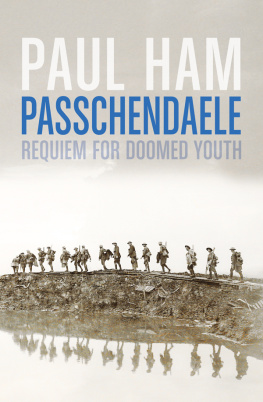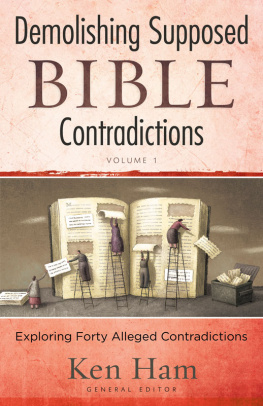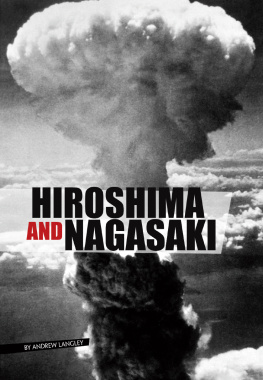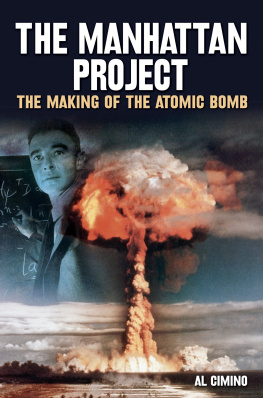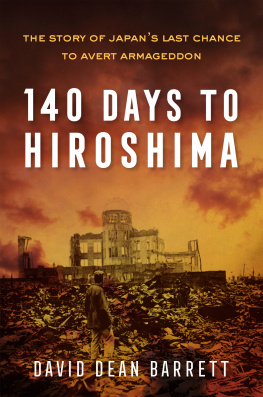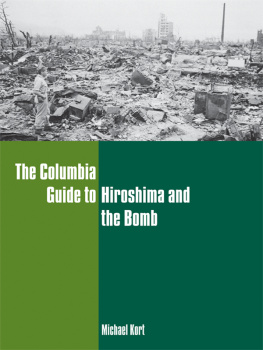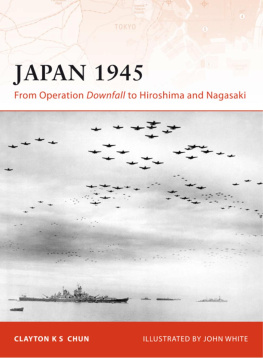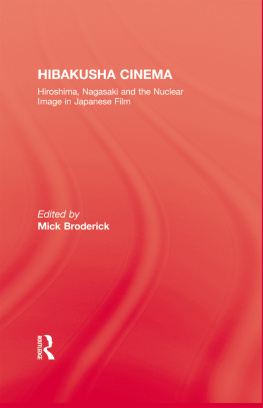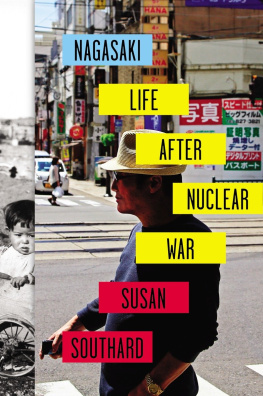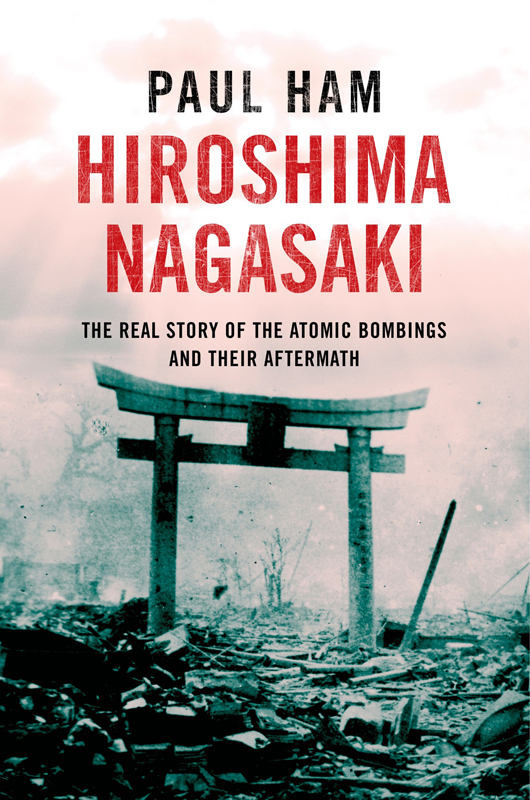Contents
Guide

The author and publisher have provided this e-book to you for your personal use only. You may not make this e-book publicly available in any way. Copyright infringement is against the law. If you believe the copy of this e-book you are reading infringes on the authors copyright, please notify the publisher at: us.macmillanusa.com/piracy.
Contents
Pour Marie-Morgane,
Mon amour, ma chrie:
La femme de mes rves,
La sirne de ma vie
NOTES ON STYLE
Metric and imperial measurements
This book uses a combination of metric and imperial measurements, depending on the source of information, and what was current usage at the time. Many quantities are commonly referred to in imperial measurements (for example, altitude and armaments) and some conversions have been made to assist readers. Exceptions were made when a measurement is in a direct quote or is an acceptably well-understood unit.
The general principle has been to present measurements where practical rounded in the metric scale.
1 inch = 25.4 millimetres
1 foot = 305 millimetres
1 yard = 914 millimetres
1 mile = 1.6 kilometres
1 acre = 0.405 hectares
1 pound = 0.454 kilograms
1 gallon = 4.546 litres
1 (US) ton = 0.9 tonnes
JAPANESE TERMS
Japanese names have been rendered in Western style of given name followed by family name. Place names have been expressed without using hyphens. The following glossary may be helpful:
-bashi | bridge |
-cho | precinct |
-gawa, -kawa | river |
-gun | county |
-hana, -bana | point |
-ji, -dera | temple |
-jinsha, -jinja | shrine |
-ken | prefecture |
-ko | port |
-machi | township, precinct |
-mura | township |
-saki, -zaki, -mizaki | cape |
-shi | municipality |
-shima | island |
-sone, -se | reef, shoal |
-take, -dake | mountain |
-ura | inlet |
-yama, -san, -zan | mountain, hill |
CHAPTER 1
WINTER 1945
In Japan there is a philosophy of death and no philosophy of life.
Kiyoshi Kiyosawa, Japanese historian, January 1945
there is a point beyond which we will not tolerate insult. If [the Russians] are convinced that we are afraid of them and can be bullied into submission, then indeed I should despair of the future relations with them and much else
Prime Minister Winston Churchill to President Franklin D. Roosevelt, March 1945
THE BIG THREE SMILED AT the world from the grounds of the Livadia Palace in the Crimean resort town of Yalta. It was February 1945. The chill blowing off the Black Sea pressed the leaders into greatcoats and fur hats: Prime Minister Winston Churchill, President Franklin D. Roosevelt and Marshal Josef Stalin were meeting here to carve up the old Continent devastated by war and decide the outline of the postwar world.
Peace in Europe was at hand. The destruction and unconditional surrender of Germany were imminent; Japans defeat would assuredly follow. Roosevelt had honoured his agreement with Churchill to defeat Germany First, and the bulk of Allied troops were then in Europe. From the west, over the previous six months, General Eisenhowers armies had swept across northern France, freed Paris, defeated Germanys last stand at the Battle of the Bulge and reached the shores of the Rhine. From the east Soviet tanks, troops and artillery had rolled across the Baltic, smashed the Nazi grip on Poland and stood on the threshold of the Fatherland, 65 kilometres from Berlin. No conflict had matched in scale and fury the battle on the Eastern Front, where the Red Army and the Wehrmacht were locked in the vestigial shambles of total war; millions of troops had been killed or wounded and countless civilians slaughtered, raped or left homeless. From his Berlin bunker, the Fhrer continued hysterically to issue orders that imagined pristine armies on the march where there were only ragged columns of bleeding, hungry, broken men.
Winter kept them warm: the Big Three made a great show of friendship at Yalta, hosting banquets, raising toasts, joking. Photographs present Roosevelt, perhaps the greatest Democrat, now very sick, sitting up in his wheelchair wrapped in a black cape, evoking the patrician hauteur of a Roman tribune; Churchill, lounging about in his greatcoat like a breathless bulldog, radiating delight at the top table, cigar smoke trailing in the direction of his loquacious argument; and Stalin, small and sharp amid the gathering darkness, in his flashing eyes and faithless smile a fixity of purpose that seemed to concentrate the air of menace that preceded him like a personal storm.
In the closing stages of the conference Stalin offered an eloquent expression of goodwill tinged with a warning: It is not difficult to keep unity in time of war, he toasted his comrades-in-arms, since there is a joint aim to defeat the common enemy The difficult talk will come after the war when diverse interests tend to divide the Allies. It is our duty to see that our relations in peacetime are as strong as they have been in war.
Mutual distrust between Anglo-America and the Soviet Union simmered at Yalta. The Big Three brought deep suspicion and clandestine intent to the table. Several great issues threatened to destabilise, or possibly break, the Wests alliance with Moscow: the question of German and Polish borders; the political status of Eastern Europe; and the terms of Russias involvement in the Pacific War. Long before Yalta the danger of the Soviet Union had occupied anxious discussions in the State Department. For its part, Moscow was determined to reject any Anglo-American attempt to limit its hegemony over Eastern Europe. On both sides, anxious suspicions were about to flare into fierce disagreement.
* * *
A secret that would astonish the earth had its contents been revealed lingered over the Yalta talks: Roosevelt and Churchill arrived bound by a private agreement, signed on 19 September 1944 at the Presidents Hyde Park Estate in Washington, not to share with the Soviet Union or the world the development of an extraordinary new weapon that, in theory at least it had not been tested drew its power from an atomic chain reaction. The British codenamed the weapon project Tube Alloys; the American government dubbed it S-1. The Hyde Park Agreement conceived of an Anglo-American duopoly over the development of an atomic bomb, ruled out any international controls over the new weapon and named, for the first time, its future target:
The suggestion, Churchills one-page agreement with Roosevelt stated, that the world should be informed regarding tube alloys with a view to an international agreement regarding its use and control is not accepted. [The weapon] should continue to be regarded as of the utmost secrecy but when a bomb is finally available, it should be used against the Japanese, who should be warned that this bombardment will be repeated until they surrender.





